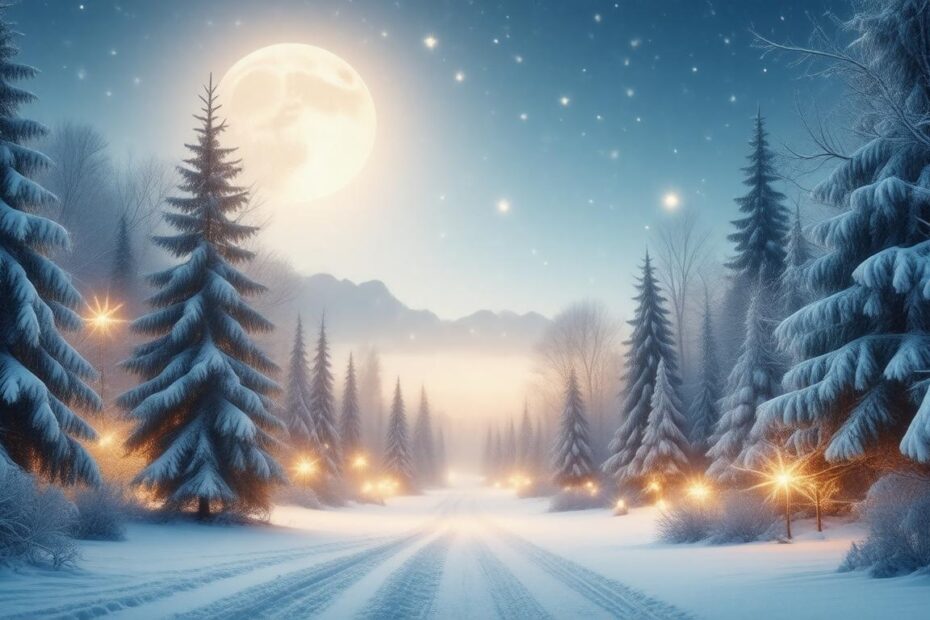🌟 Daily Awakening Quiz 🌟
As winter blankets the landscape in a soft layer of white, the presence of the full moon, particularly during February, adds a spellbinding charm that captures the imagination. This luminescent spectacle, commonly referred to as the "Snow Moon," invites stargazers, nature lovers, and photographers alike to revel in its shimmering glow against the snowy backdrop. Let us explore the origins, significance, and the breathtaking allure of the Snow Moon as it lights up the winter nights.
The Origins of the Snow Moon
The full moon in February earned its moniker from the heavy snowfall that typically occurs during this month in the Northern Hemisphere. Native American tribes originally named it the "Snow Moon," a term adopted by Colonial Americans, while other tribes referred to it as the "Hungry Moon" due to scarce food supplies during mid-winter. The name echoes a stark reality—that February is often the month most associated with winter hardships, when food is traditionally low, and hunter gatherings are scarce.
The Snow Moon finds its roots in various cultures. For example, the Cree called it the "Bald Eagle Moon," and the Tlingit referred to it as the "Black Bear Moon," linking it to the birthing season of bears. These diverse names reflect not only the challenges of winter survival but also the rhythms of nature that dominate these cold months.
When to View the Snow Moon
In 2025, the Snow Moon will reach its full illumination on February 12 at approximately 8:53 A.M. EST. While the moon will be below the horizon at that precise moment, onlookers can catch a glimpse of its beauty starting the night before. As dusk settles, the Snow Moon will rise in the eastern sky, reaching its zenith around midnight for those fortunate enough to be under clear skies.
Planning a moonlit winter hike or a photography session? The best time to see this magical phenomenon is shortly after sunset, when the moon complements the serene snowy landscape, transforming it into a breathtaking winter wonderland.
The Enchantment of the Winter Wonderland
The sight of a full moon draping its silver light over snow-covered terrain is nothing short of enchanting. 
For many, this lunar event is more than just a visual pleasure. It symbolizes new beginnings, hope, and the promise of spring. Observing the full Snow Moon encourages us to slow down and appreciate the natural world—a practice that can be particularly grounding during the often hectic winter months.
Activities Under the Snow Moon
The Snow Moon serves as an inspiration for various winter activities. Many enthusiasts take advantage of the bright moonlight for nighttime skiing, snowshoeing, and photography. The luminous setting invites gatherings by the fire and stories shared under the starry sky, where the moon’s glow enhances the magical atmosphere of winter nights.
Others may choose to engage in traditional practices—perhaps reflecting on dreams and goals during the full moon, which is often associated with completion and culmination. Setting intentions under the light of the Snow Moon can be a wonderful ritual, aligning personal ambitions with the rhythms of nature.
Conclusion
The full moon on snow transforms a chilly February night into a canvas of light and contemplation. As snow blankets the earth, the Snow Moon casts its brilliant glow, reminding us of the beauty that accompanies each season. This celestial event encourages reflection, celebration, and connection—both with nature and within ourselves. Whether you venture outdoors to experience the nighttime wonder or simply gaze out your window, embrace this enchanting spectacle as a testament to nature’s radiant beauty.
